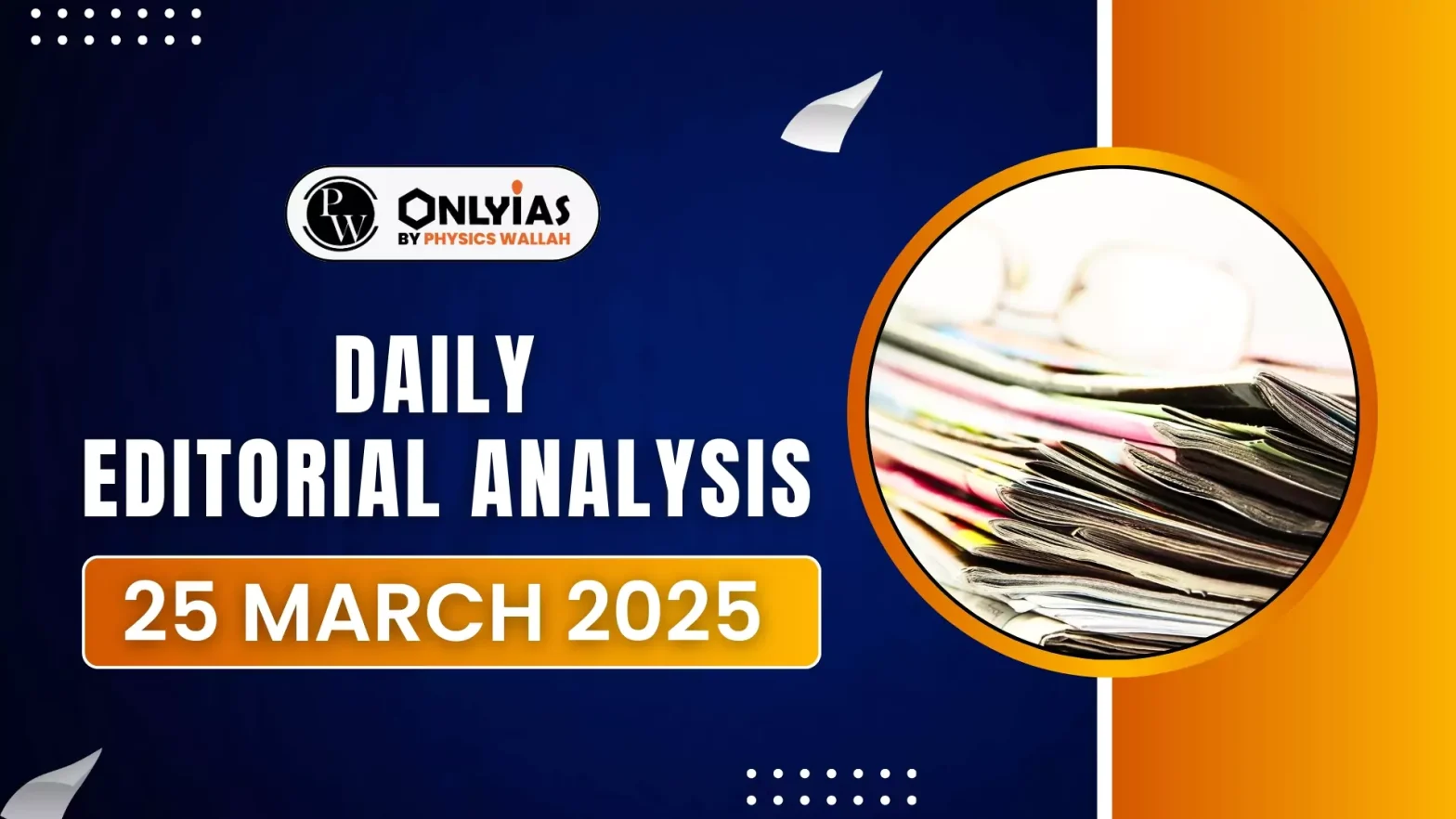India’s recent elections have seen a surge in digital campaigning and voter engagement, yet gender biases in political messaging remain a challenge
Electoral Activity and Changing Trends
India’s electoral landscape has witnessed intense political activity over the past decade, marked by:
- Increased Expenditure: Campaigns demand large-scale funding for outreach.
- Diverse Participation: A wide range of political parties and candidates contest elections.
- Increased Women Turnout: Indicative of shifting political engagement and campaign strategies.
Transformation of Election Campaigns
- 1950s-60s: Direct voter contact through rallies, door-to-door canvassing, and print media.
- 1970s: Slogan-driven campaigns, exemplified by Indira Gandhi’s ‘Garibi Hatao’.
- 1980s: Introduction of television and radio, expanding campaign outreach.
- 1990s-2000s: Liberalization and internet-based political messaging.
- 2020s: Use of Artificial Intelligence, Machine Learning, and data analytics for real-time voter engagement.
Notable Political Slogans Over the Years
- ‘Bijli, Sadak, Pani’ (Electricity, Roads, Water): Emphasizing infrastructure development.
- ‘India Shining’: Highlighting economic progress.
- ‘Na Khaunga, Na Khane Dunga’: Focusing on corruption-free governance.
- ‘Sabka Saath, Sabka Vikas’ (Together, for everyone’s growth) – Promoting inclusive development.
Gendered Stereotypes in Political Slogans
- “Ghar ki Lakshmi “: Portrays women primarily as homemakers rather than political actors.
- “Mahilaon Ke Vikas Ke liye Vote Do”: Positions women as beneficiaries rather than as key decision-makers.
- “Shakti Ka Pratik, Ma Ka Roop “: Reduces women leaders to maternal metaphors rather than recognizing their political acumen.
- “Ladki Hoon, Lad Sakti Hoon “: Reinforces the stereotype that women must prove their capability in politics.
- “Beti Bachao, Beti Padhao “: Suggests that daughters need protection rather than systemic societal changes.
- “Mahilaon Ki Sarkar, Suraksha Aur Samman “: Implies women’s political agency is primarily tied to victimhood.
Sexist Political Rhetoric
- “Ladke, ladke hain, galti ho jati hai”: Trivializes sexual assault and reinforces male privilege.
- “Beti ki izzat se vote ki izzat bari hoti hai “: Undermines the dignity of women by prioritizing political interests over gender equality.
- Comparing women’s bodies: A politician’s remark likening roads to a female politician’s cheeks highlights the objectification of women in public discourse.
Challenges Faced by Women Leaders in Indian Politics
- Personal Attacks: Their appearance, lifestyle choices, mannerisms, attire, and marital status are often commented upon.
- Double Standards: Unlike their male counterparts, women leaders are expected to conform to traditional social norms to gain legitimacy.
- Gender Over Leadership: Despite their political achievements, their gender often overshadows their governance abilities.
Way Forward
- Systemic Change: Electoral slogans must go beyond symbolism and be backed by concrete policy changes. They should challenge traditional gender roles rather than reinforcing them.
- Role of Slogans in Elections: Political communication in India has evolved significantly, making slogans a powerful tool for shaping public perception.
- However, many slogans still portray women as passive beneficiaries rather than active political agents.
- Avoid Discrediting Women: No character assassination or sexist undertones.
- Break Patriarchal Norms: Highlight leadership over victimhood.
- Address Gender-Based Violence Seriously : No trivialization or normalization.
- Portray Women as Decision-Makers : Acknowledge women’s agency in governance.
Conclusion
As political campaigns evolve, gender-sensitive slogans can play a pivotal role in shaping a more equitable electoral landscape. By re-imagining slogans, political campaigns can empower women, drive structural change, and reshape narratives for a more inclusive democracy.
![]() 25 Mar 2025
25 Mar 2025

